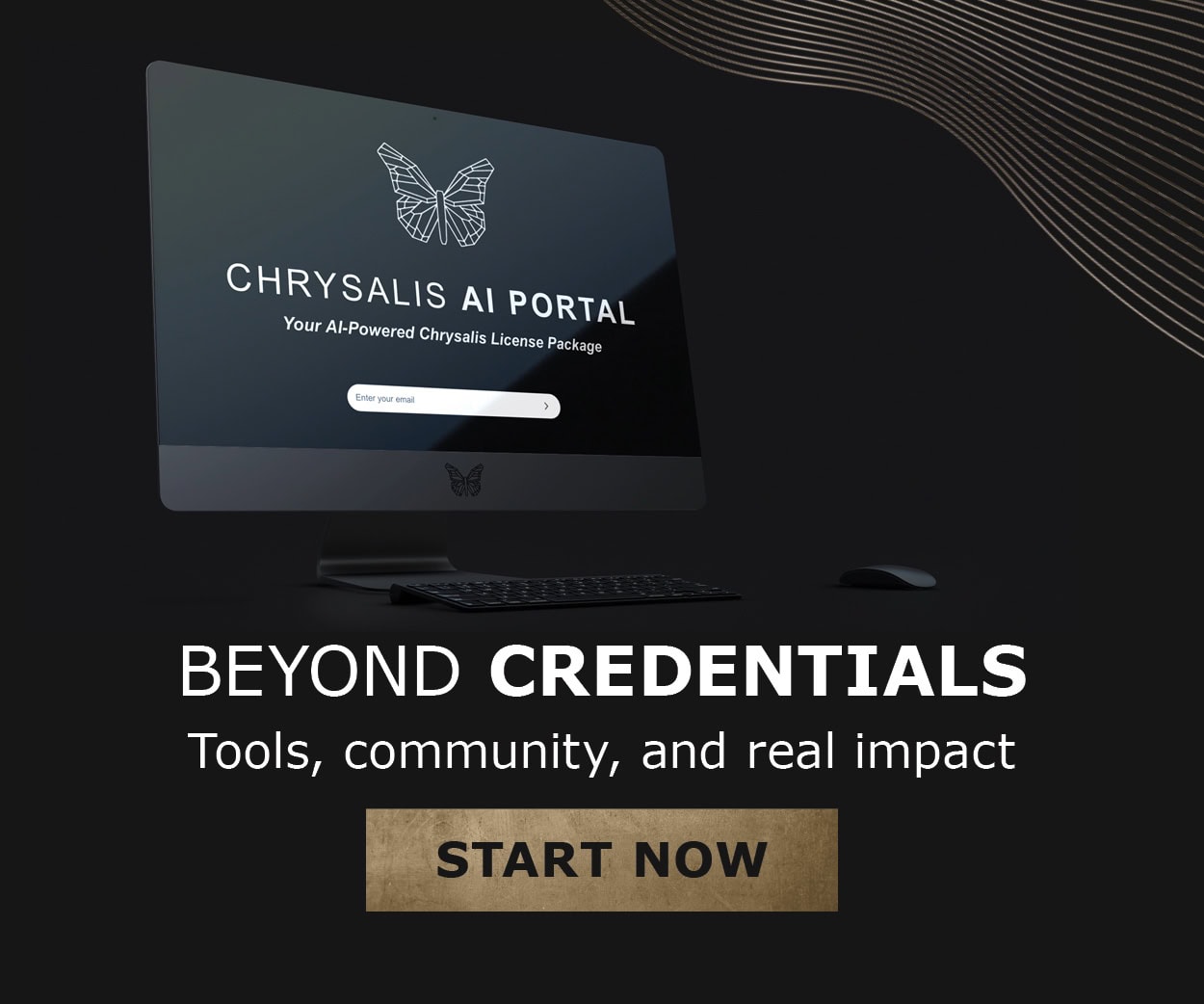If you work with clients who are current or emerging leaders but who are not always confident in their leadership position, then John R. P. French and Bertram Raven’s power bases can help. It is a common tool in leadership modules at business school but is routinely overlooked in coaching practice.
I use it to help current or emerging leaders focus on where they currently have power and where they would like to develop it.
French and Raven’s Power Bases
The model was developed between 1959 – 1965, so it has pedigree. It suggests that people’s power takes six different forms:
1) Legitimate Power
Legitimate power is the authority to command, based on position. If the leader has a formal managerial position in the organization, which means that they are above others in the hierarchy, then they have legitimate power that they can use.
2) Reward Power
Reward power is the ability to award positive, desired outcomes. So, if they are able to praise, offer extra holiday, or control the bonus pot, then a leader has reward power.
3) Referent Power
This type of power is based on the affiliations we make with others. If others feel an affiliation to the leader, and find them likeable, then the leader has referent power to draw on.
4) Expert Power
Expert power is based on what the leader knows, the experience that they have, or their special skills. If your leader has a strong knowledge and/or experience base on which they can draw to perform their role, then they will have expert power.
5) Informational Power
A leader will have informational power if they control access to or have possession of information that others need or want. The threat to withhold it or the offer to share it gives the leader power. However, informational power can easily be given away. Once the information is shared, the power dissipates.
6) Coercive Power
This is the threat of force to gain compliance from another. It could be economic, social, emotional, political or physical. Leaders are often reticent to admit that they have this form of power, but any leader in a formal position of power will usually have some ability to withdraw economic and social rewards, such as bonuses, afternoons off or staff get-togethers.
A coaching client who is being very honest will likely be able to find at least one or two recent occasions where they have been able to achieve what they needed to via a latent threat.
How I Work with Power Bases and My Clients
I set up a table with five columns and seven rows. The first column lists each of the power bases and the next provides a short explanation of each. Then the final three columns are reserved for my clients’ reflection. One heading reads, “How much of this power base do I currently possess in my relationship with juniors?” The next reads, “How much of this power base do I currently possess in my relationship with equals?” And the third reads, “How much of this power base do I currently possess in my relationship with my manager/s?”
For each power base, and each type of person, I challenge them to state whether they have none, some, or lots of that power base. They may, if they get really into the exercise, want to split out the section focused on juniors into different people that they lead. That’s fine. Whatever leads them to the greatest material for reflection and change.
Then I ask them to sit back and tell me what they notice. They will usually begin to discuss where they feel they have high power that they did not previously notice. This is great for developing self-awareness and confidence. They will usually also identify—perhaps worriedly—where they feel their power is lower. This forms a great basis for further reflection and discussion, which can sometimes be quite detailed, and they choose for it to straddle sessions. The purpose, however, is that the increased self-awareness may help them to make change.
Making Change
When their reflection is finished, if they have not already done so, I will usually ask that they identify three to four boxes reflecting development areas for themselves. For example, a recent client wanted to make greater use of their legitimate power with juniors, build more referent power with equals, and make managers aware of how much expertise they had.
I will then offer the chance to work through this, looking at options, before making more concrete plans. The power bases model thus provides a great platform for working together with leaders to explore sources of power in more detail and to build self-awareness, confidence and development points, as well as provide some techniques of how to get there.
© Dr. Katie Best
Disclaimer
The views and opinions expressed in guest posts featured on this blog are those of the author and do not necessarily reflect the opinions and views of the International Coach Federation (ICF). The publication of a guest post on the ICF Blog does not equate to an ICF endorsement or guarantee of the products or services provided by the author.
Additionally, for the purpose of full disclosure and as a disclaimer of liability, this content was possibly generated using the assistance of an AI program. Its contents, either in whole or in part, have been reviewed and revised by a human. Nevertheless, the reader/user is responsible for verifying the information presented and should not rely upon this article or post as providing any specific professional advice or counsel. Its contents are provided “as is,” and ICF makes no representations or warranties as to its accuracy or completeness and to the fullest extent permitted by applicable law specifically disclaims any and all liability for any damages or injuries resulting from use of or reliance thereupon.
Authors
Post Type
Blog
Audience Type
Coach Educators, Experienced Coaches, External Coaches, ICF Chapter Leaders, Internal Coaches, New Coaches, Professional Coaches, Team and Group Coaches
Topic
Coaching Toolbox, Discover - Your Coaching Career
Related Posts
How Conscientious Inclusion Can Improve Your Coaching
Coaching continues to evolve as the world becomes more interconnected, multicultural, and…
The Coaching Trap: When Empathy Becomes Exhaustion
Prepare yourself for the fact that this will not be about you…
Your Guide to Preparing for the ACC Exam
Much like a smartphone upgrade that introduces improvements for a smoother user…








